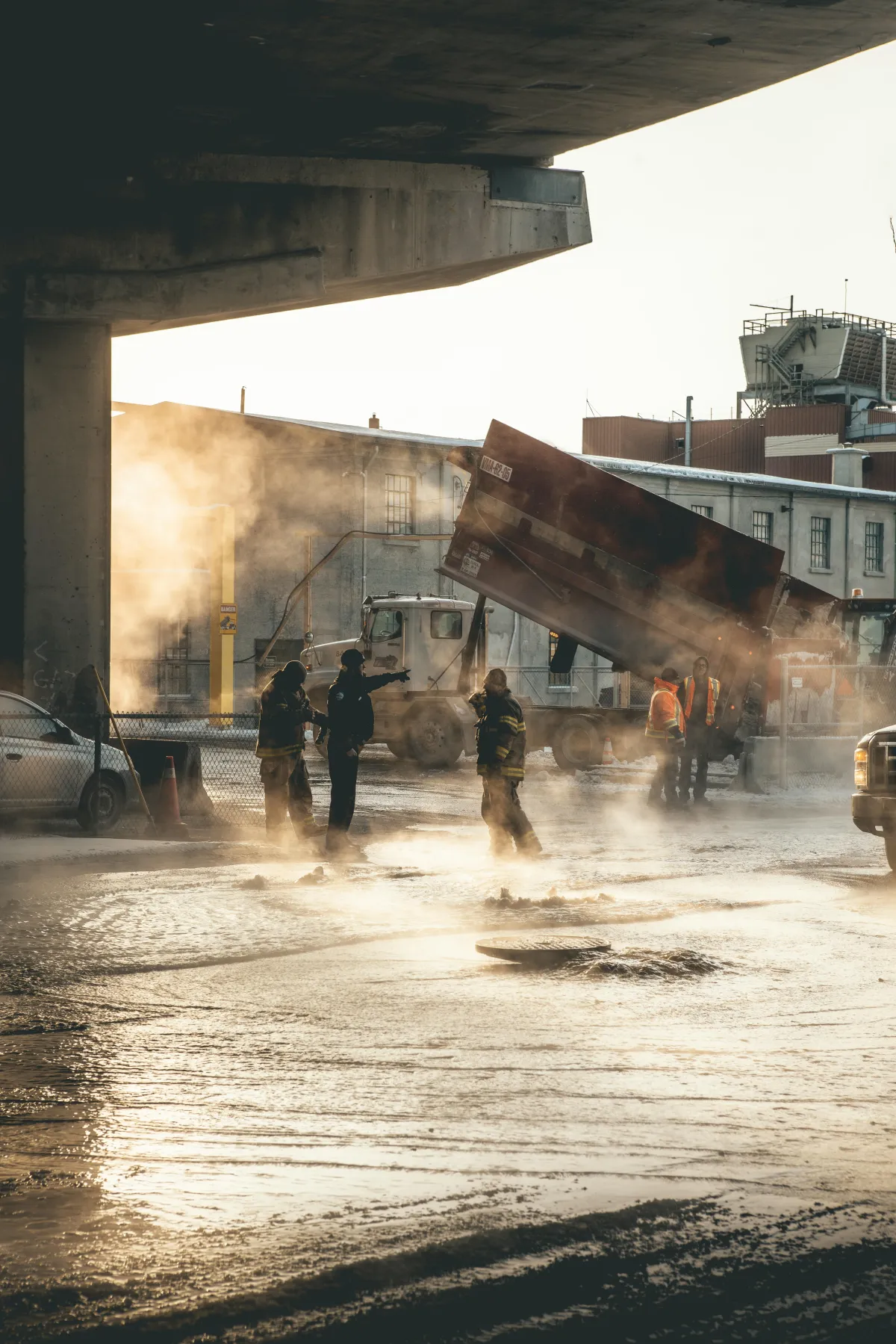The Safe Bet Blog
Learn about Safety Regulations
and how to meet Occupational Health & Safety requirements

Canada and safety compliance
In Canada, safety compliance is essential for ensuring a safe and healthy workplace for employees. Compliance with safety regulations is required by law under the Canada Labour Code, which sets out the basic health and safety requirements for federally regulated workplaces, as well as provincial and territorial occupational health and safety legislation.
In British Columbia, safety compliance is regulated by WorkSafeBC, which is the provincial agency responsible for promoting workplace health and safety.
WorkSafeBC enforces safety regulations through the Occupational Health and Safety Regulation, which sets out the requirements for employers to provide a safe workplace and to protect workers from hazards.
To achieve safety compliance, employers must develop and implement effective health and safety programs that include hazard identification and control, incident investigation and reporting, worker training and education, and regular inspections and audits. Employers must also ensure that they have appropriate policies and procedures in place to manage incidents & emergencies and ensure that workers have access to personal protective equipment when necessary.
For workers, safety compliance means following safe work procedures and reporting any hazards or unsafe conditions to their employer or supervisor. Workers also have a responsibility to use personal protective equipment and to participate in health and safety training and education. Workers also have a right to refuse work that they believe is unsafe.
Overall, safety compliance is a shared responsibility between employers and workers, and it is essential for maintaining a safe and healthy workplace in British Columbia and across Canada.
Related Articles
What are the requirements for personal protective equipment (PPE) in my industry?
What does safety compliance mean?
When must safety data sheets updated?
Which regulation covers WHMIS?
How to ensure safety compliance
Fast Track your Safety Compliance Today
